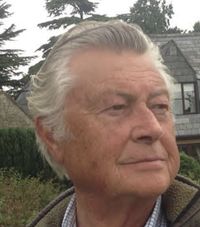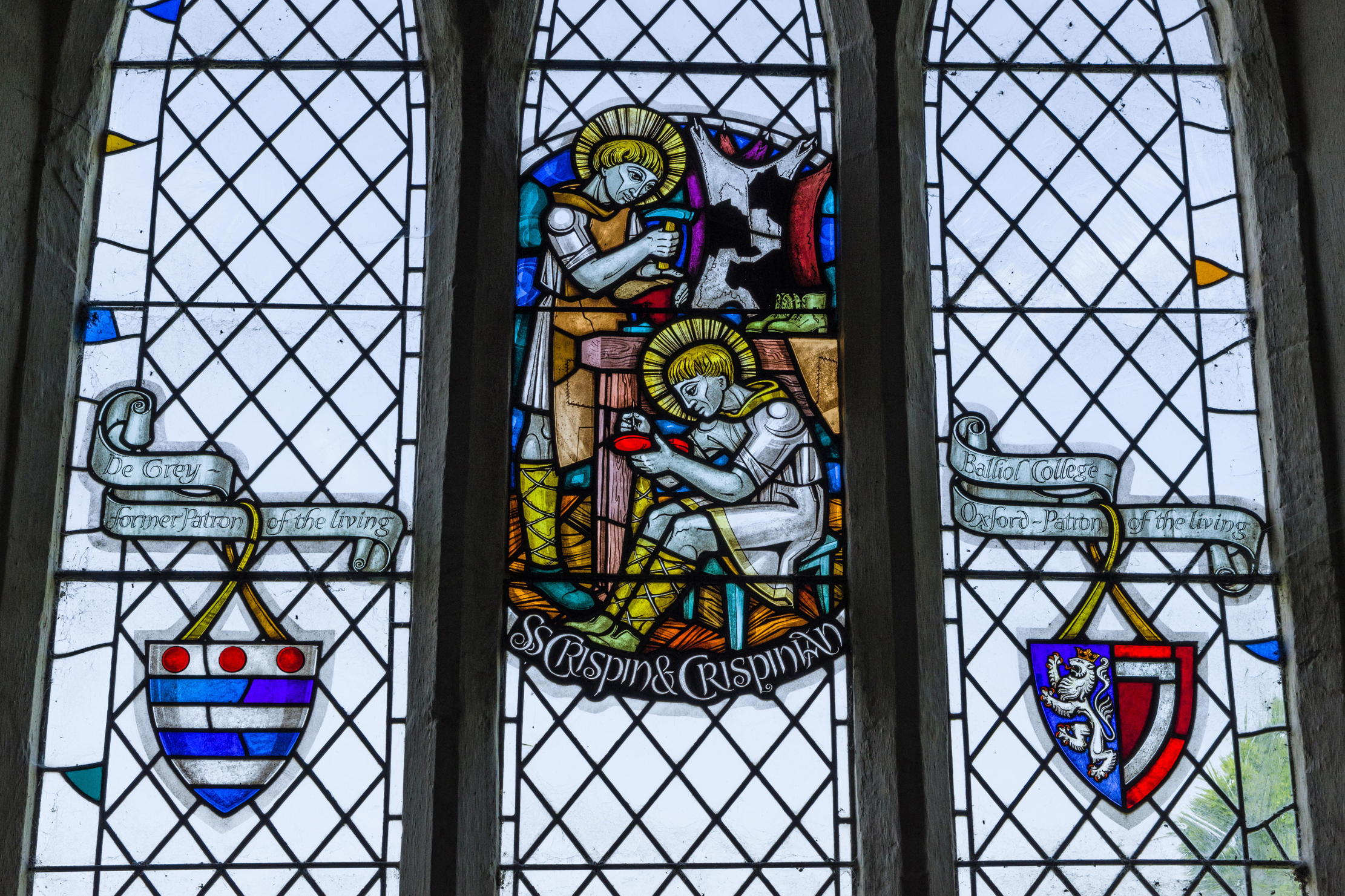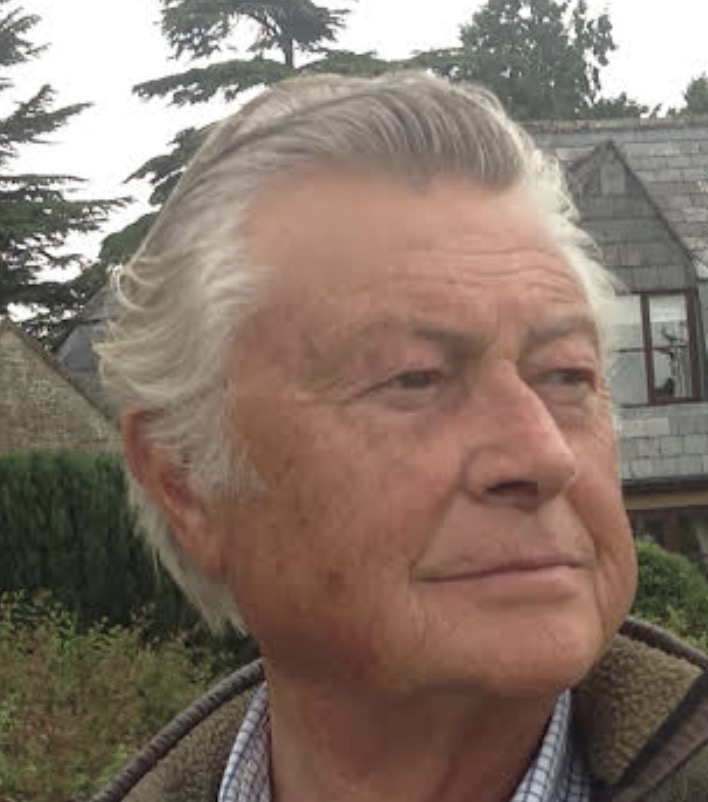Who was the real St Crispin, and what did he have to do with the Battle of Agincourt?
You have questions about Shakespeare's most famous speech. We have answers.


He is the most famous saint of whom you have heard, but probably know little or nothing. His name is irrevocably associated with English triumph on the field of battle. Shakespeare is the culprit, of course, to whose essential contribution we must add the historical reality of Henry V and some uplifting theatrical and film interpretations. It’s pure histrionics, but when we listen to that call to arms on St Crispin’s Day we cannot but stand a little taller.
St Crispin, whose saint’s day is on October 25, may be little more than illuminated briefly by the halo of heroism, for the timing of his inspiration was a coincidence. An English army, weary and short of food, had been plodding for two and a half weeks through Normandy with the objective of returning home via Calais. They were confronted near the village of Azincourt by a larger French force — a battle was inevitable. Both armies bedded down for the night.
According to contemporary reports, Henry V decreed his men should spend it in silence on pain of having an ear cut off, but Shakespeare had him moving among the watchfires, addressing his men as ‘brothers, friends and countrymen’ and encouraging them ‘with cheerful semblance and sweet majesty’. It was a proper prelude to the rousing speech imagined by the Bard as some 8,000 English men faced double their number on St Crispin’s Day 1415.
Critical to the outcome of the Battle of Agincourt were the English archers, some 7,000 forming the bulk of Henry’s army, pouring a torrent of arrows into the ranks of the French, who were jammed together and bogged down on a muddy field between two woods. Archers were the artillery of the age, the word coming from Middle French, meaning the provision of weapons, including projectiles. Chaucer mentioned the term in The Canterbury Tales of 1405. The bow and the arrow were artillery before cannon, powder and shot. Royal Artillery gunners with the surname Archer, Bowman, Bowyer or Fletcher may inherit closer links with history than they might suppose.
Crispin merely lent his name and day to Shakespeare’s rousing address, but in his own time he, too, was a hero. He and his twin brother Crispinian were born of a noble Roman family, but became Christians in the 3rd century when conversion was perilous. The brothers fled to Belgic Gaul, spreading the Gospel by day and sustaining themselves by making shoes by night.
However, the Roman governor Rictus Varus had them arrested. They were tortured, but positive legends grew up around their misery — shoemaker’s awls thrust under their nails shot out and struck their tormentors; they were thrown into a river with millstones around their necks, but the ropes detached and they swam to safety; and when they were subjected to tar and molten lead, a gobbet hit Varus in an eye and he threw himself into the deadly mixture.
Although the brothers were beheaded on October 25, 286, such tales ensured their sanctification and an abbey was built on the site of their ordeals. As a result of their work as cobblers, they became the patron saints of leather-workers. An old rhyme goes: ‘The twenty-fifth of October,/More Snobs drunk than sober’ — ‘snob’ in this case being an English dialect word for cobbler.
Exquisite houses, the beauty of Nature, and how to get the most from your life, straight to your inbox.
St Crispin is the patron saint of Northamptonshire, the country’s shoemaking centre since the 13th century — Northampton celebrates October 25 with a street fair. Faversham in Kent sustains the legend that the boys were sons of a Romano-British couple who lived in Canterbury. Sent to London to seek apprenticeships, they joined a Faversham shoemaker. A plaque marks the site of their supposed home in Market Street and a pump nearby drew water from St Crispin’s Well. In 1885, shoemaker William Clark founded Crispin Hall in Street, Somerset, as a cultural centre for his workers.
Ian Morton is a journalist with a particular fascination for the natural world, and a regular contributor to Country Life
After some decades in hard news and motoring from a Wensleydale weekly to Fleet Street and sundry magazines and a bit of BBC, Ian Morton directed his full attention to the countryside where his origin and main interests always lay, including a Suffolk hobby farm. A lifelong game shot, wildfowler and stalker, he has contributed to Shooting Times, The Field and especially to Country Life, writing about a range of subjects.
